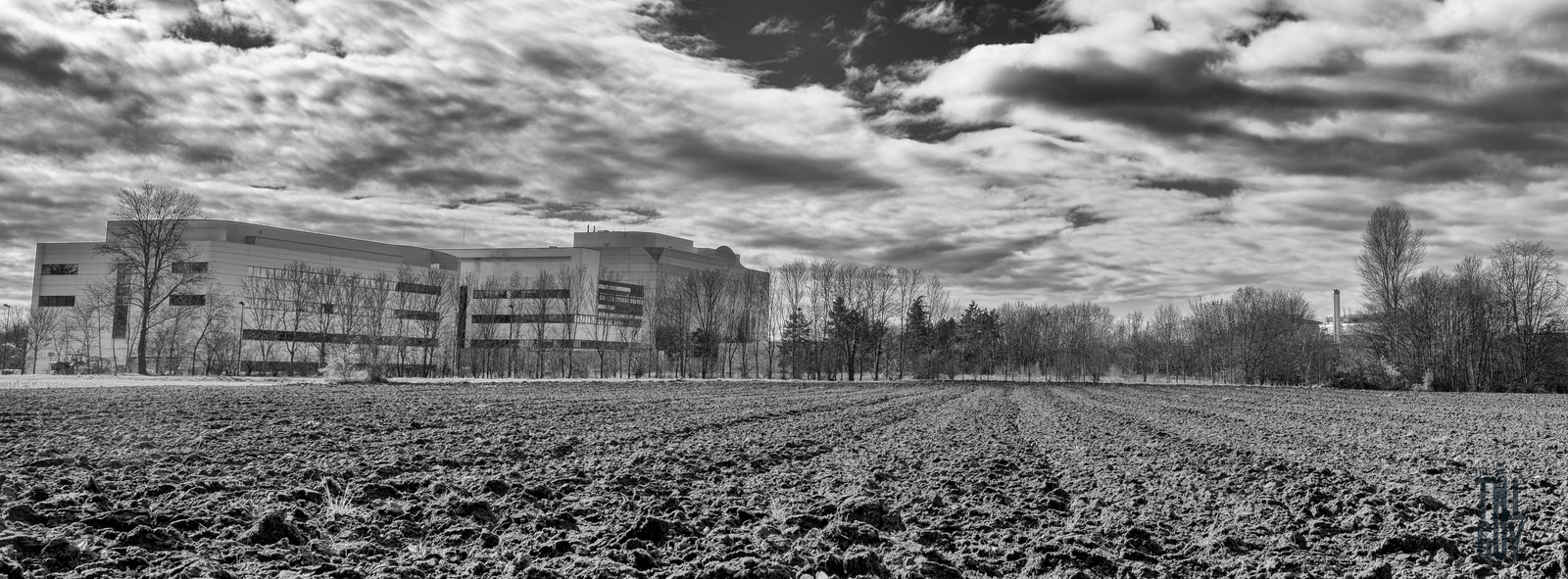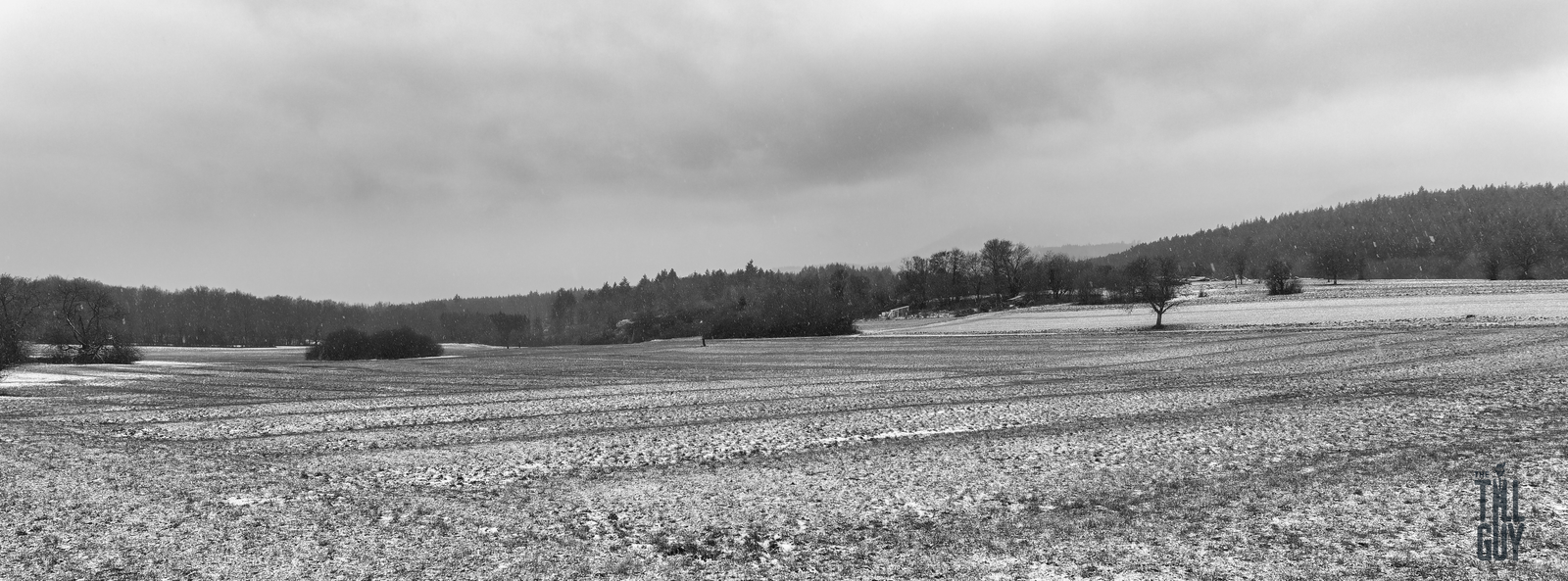The Rise of the XPan Photographic Format: A Wider Vision The XPan photographic format, known for its unique panoramic aspect ratio of 2.7:1, represents a remarkable innovation in the realm of photography. Initiated through a collaboration between Hasselblad and Fujifilm in the 1990s, this format was designed to offer photographers the ability to capture panoramic images on 35mm film without the need for bulky specialized equipment. This article delves into the evolution, features, and impact of the XPan format on professional and artistic photography. Origin and Development The XPan format was born from the desire to merge the flexibility of 35mm film with the capability to produce striking panoramic images. The XPan system, first introduced with the Hasselblad XPan in 1998 (and later with the XPan II in 2003), allowed users to switch between standard 24x36mm and panoramic 24x65mm formats, even mid-roll. This feature offered unparalleled versatility and opened new creative avenues for photographers. Technical Features The XPan format is distinguished by several unique technical characteristics: - Aspect Ratio: The panoramic ratio of 2.7:1 extends beyond the traditional frame, offering an expansive canvas for visual storytelling. - Mid-Roll Format Change: The unique ability to switch from 35mm to panoramic format on the same film, without wasting any film. - High-Quality Optics: Lenses specifically designed for the XPan system, including the famous 45mm and 90mm, provide exceptional resolution and color fidelity, crucial for the wide format. - Robust Construction: The build quality of the body and precision mechanics reflect Hasselblad's legacy of quality. Impact on Photography The introduction of the XPan format marked a turning point in panoramic photography. It democratized the wide format, enabling photographers to capture expansive urban landscapes, grand nature scenes, and architectural compositions with an expanded perspective, without the need for heavy and specialized equipment. Legacy and Influence Despite the shift towards digital, the allure of the XPan format persists. Photographers seek out used XPan cameras for their unique image quality and distinctive perspective. Moreover, digital camera manufacturers have introduced "XPan" or similar modes, allowing users to recreate the characteristic panoramic aesthetic of the XPan in a digital format. Conclusion The XPan photographic format represents a remarkable fusion of technical innovation and artistic vision. It has broadened both literal and figurative horizons of photography, offering artists and professionals a powerful tool to capture the world with unparalleled depth and breadth. As the market evolves towards digital, the legacy of the XPan continues to inspire and set standards for panoramic photography.






This work has an almost meditative quality to it. Each sentence feels carefully considered, yet they flow so naturally that…
Joli !🤩
👍👏
Ce site est passionnant 🙂
un article passionnant
Leave a Reply